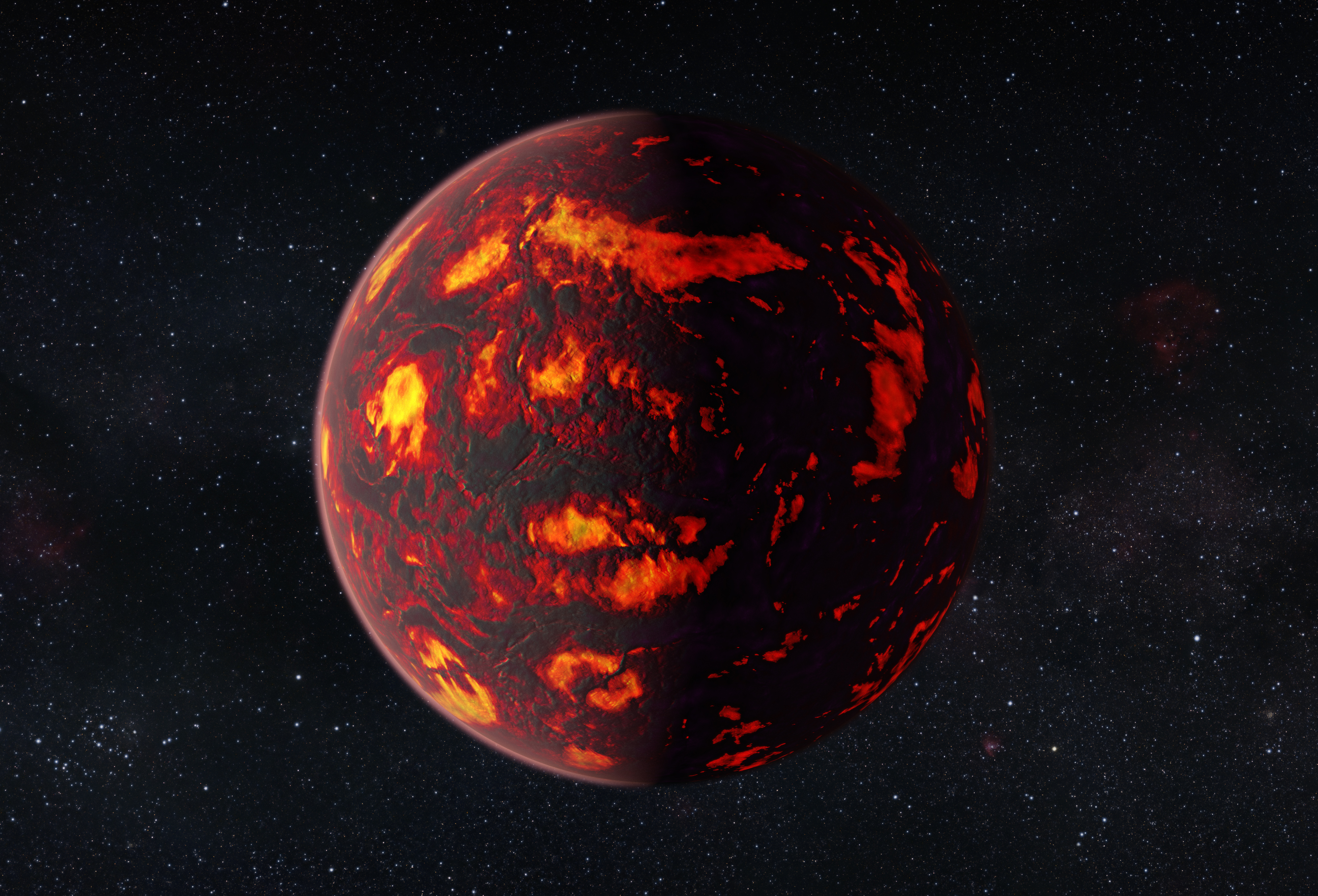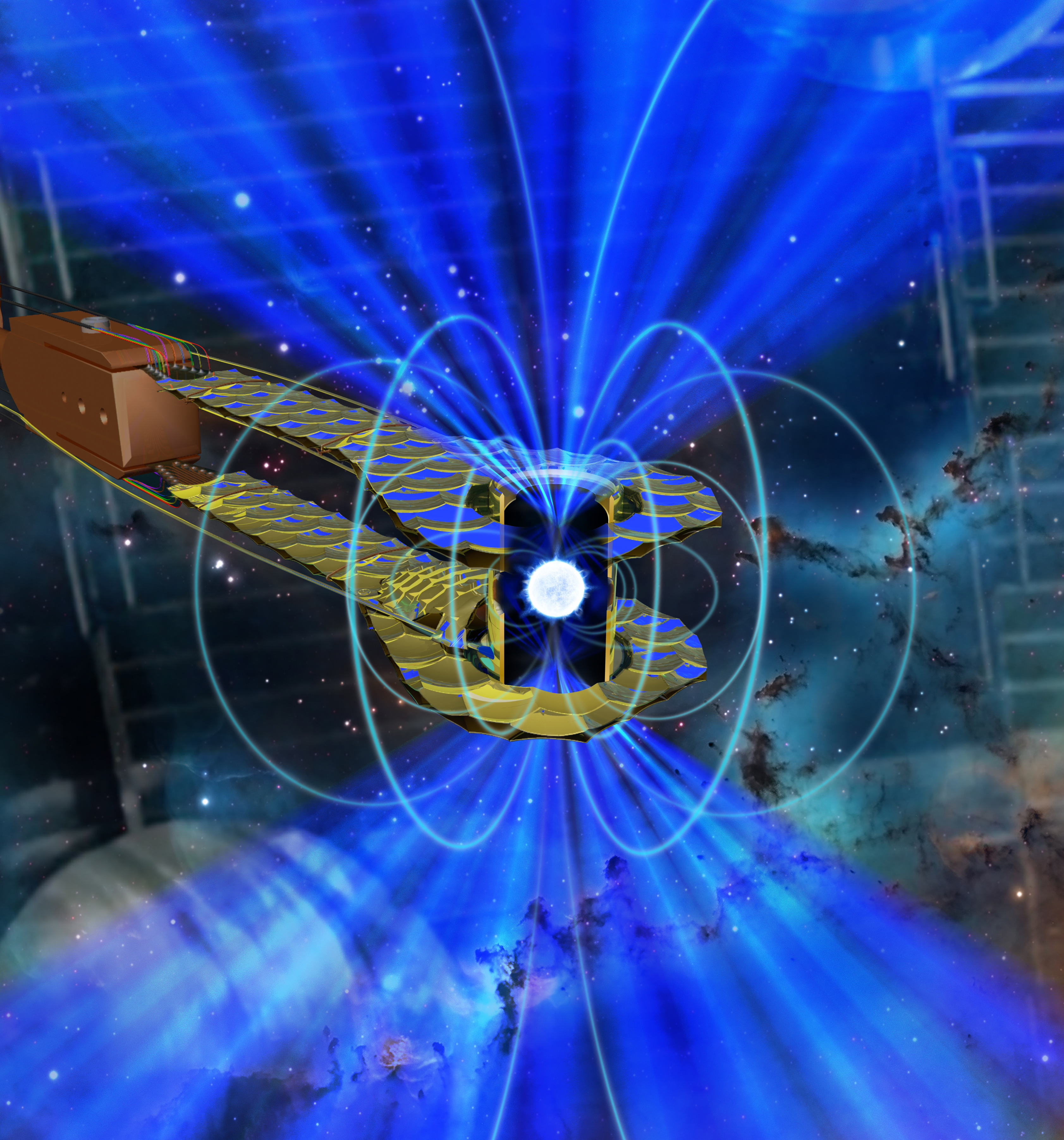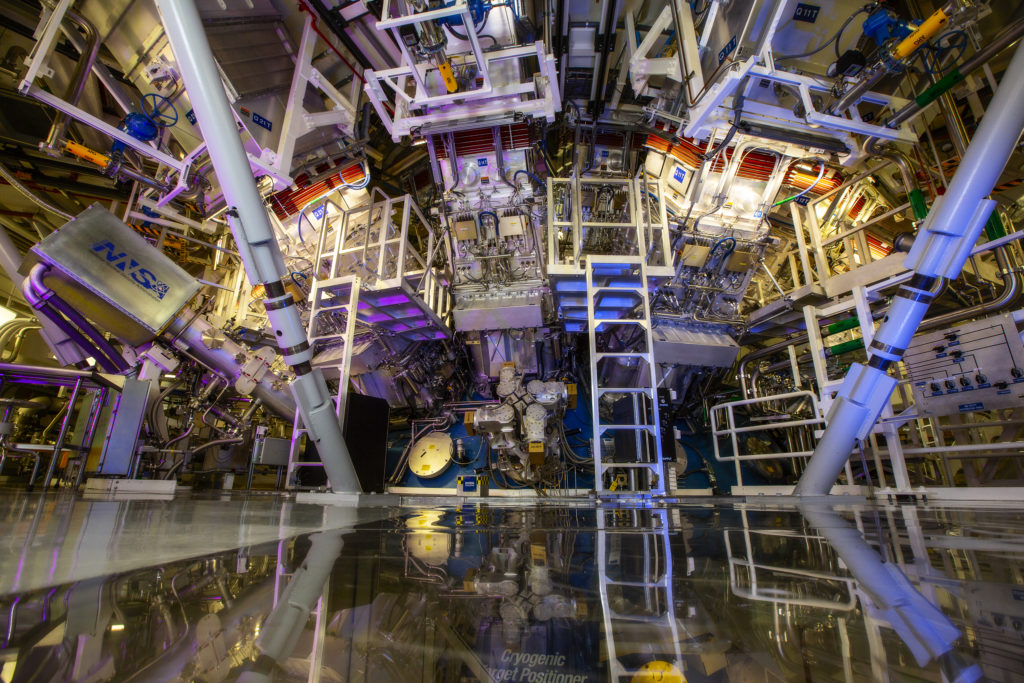Physics of Plasmas has bestowed the 2023 Davidson Award to Debra Callahan for her paper “Exploring the limits of case-to-capsule ratio, pulse length, and picket energy for symmetric hohlraum drive on the National Ignition Facility Laser.” The annual award of $5,000 is presented in collaboration with the APS Division of Plasma Physics to recognize outstanding plasma physics research by a Physics of Plasmas author.
Tag: National Ignition Facility
LLNL’s Annie Kritcher named to TIME100 list of the 100 most influential people in the world
Time Magazine has named Lawrence Livermore National Laboratory design physicist Andrea “Annie” Kritcher to its annual list of the 100 most influential people in the world. Kritcher is recognized for her role as principal designer for the December 2022 fusion ignition experiment at NIF.
Media Tip: Scientists use Argonne accelerator to study star-like environment created during National Ignition Facility laser shots
The recent achievement of fusion ignition at the National Ignition Facility (NIF) marks a monumental scientific step in controlling the physics involved in the quest for future limitless clean energy.
What the breakthrough in nuclear fusion energy means
Scientists have reportedly achieved a key milestone in nuclear fusion energy. University of Miami College of Engineering researcher Giacomo Po addresses queries about the process of nuclear fusion and what it could mean for the future.

Smashing gold with finesse: Shockless compression experiments at the National Ignition Facility establish new terapascal pressure scales
An international team of researchers, including scientists from Lawrence Livermore National Laboratory (LLNL), Sandia National Laboratories and the University of Hyogo, have used the world’s most energetic laser – LLNL’s National Ignition Facility (NIF) in Livermore, California – and the world’s most powerful pulsed-power facility – Sandia’s Z Machine in Albuquerque, New Mexico – to compress gold and platinum compress to 1 terapascal, deriving new pressure scales.

Experiments at the National Ignition Facility probe carbon at record pressures
Decades of studies have shown that carbon’s crystal structure has a significant impact on material properties. In addition to graphite and diamond, the most common carbon structures found at ambient pressures, scientists have predicted several new structures of carbon that could be found above 1,000 gigapascals (GPa). These pressures, approximately 2.5 times the pressure in Earth’s core, are relevant for modeling exoplanet interiors but have historically been impossible to achieve in the laboratory. That is, until now. Under the Discovery Science program, which allows academic scientists access to Lawrence Livermore National Laboratory’s (LLNL) flagship National Ignition Facility (NIF), an international team of researchers led by LLNL and the University of Oxford has successfully measured carbon at pressures reaching 2,000 GPa (5 times the pressure in Earth’s core), nearly doubling the maximum pressure at which a crystal structure has ever been directly probed.

National Ignition Facility conducts first-ever shot with explosives
The first-ever shot to study a high explosive sample was recently conducted at the National Ignition Facility, the world’s most energetic laser. The results from the shot included novel data that will help researchers unlock the mysteries of high-explosive (HE) chemistry and position Lawrence Livermore National Laboratory to continue its legacy as a leader in HE science and diagnostic innovation.

Record EOS measurement pressures shed light on stellar evolution
Using the power of the National Ignition Facility (NIF), the world’s highest-energy laser system, researchers at Lawrence Livermore National Laboratory (LLNL) and an international team of collaborators have developed an experimental capability for measuring the basic properties of matter, such as the equation of state (EOS), at the highest pressures thus far achieved in a controlled laboratory experiment. The results are relevant to the conditions at the cores of giant planets, the interiors of brown dwarfs (failed stars), the carbon envelopes of white dwarf stars and many applied science programs at LLNL. According to the authors, the overlap with white dwarf envelopes is particularly significant – this new research enables experimental benchmarks of the basic properties of matter in this regime. The results should ultimately lead to improved models of white dwarfs, which represent the final stage of evolution for most stars in the universe.

Under pressure: Researchers compress copper, creating the densest object on Earth
If copper was found in the core of Saturn it would have the same crystalline structure as the copper pipes found in many homes, according to new research from Lawrence Livermore National Laboratory (LLNL) and Johns Hopkins University.
In a paper published today by Physical Review Letters, the research team reveals that copper maintains its crystalline structure at pressures ranging from one atmosphere (room pressure) to more than 30 million atmospheres.